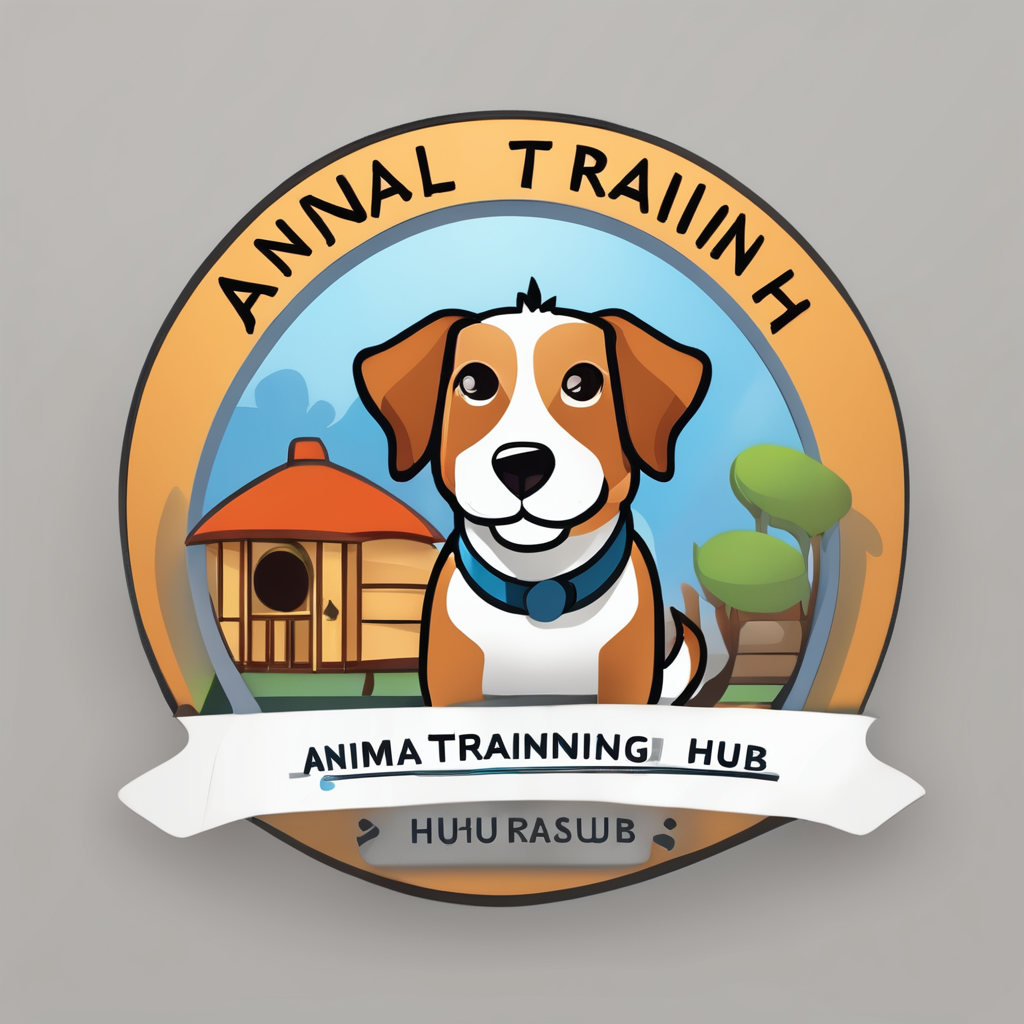Overview of Post-Dental Surgery Care
After dental surgery, your cat’s recovery is crucial. Following veterinarian guidelines is not just advisable but essential. It ensures that your beloved feline returns to its joyful self as quickly and safely as possible. Guidelines often include administering prescribed medication, maintaining a soft-food diet, and monitoring for any signs of distress or infection.
The typical recovery timeline for dental surgery in cats may vary. Generally, significant healing occurs within a week, but full recovery can take up to two weeks. Understanding this timeframe is vital to avoid undue concern if your pet seems lethargic or uninterested in typical activities initially.
A découvrir également : Creating a Secure and Stimulating Balcony Oasis for Your Feline Friend
Post-surgery care has key objectives:
- Minimising pain and discomfort
- Preventing infection
- Encouraging nutritional intake
These objectives are met through careful management of medication and diet, along with providing a stress-free environment. By prioritising these tasks, you significantly aid in the recovery process. Implementing these cat recovery tips will help ensure your feline companion bounces back to full health, ready to purr and play once more.
A découvrir également : Essential Tips for Traveling with Brachycephalic Cats: A Guide for Persian Cat Owners
Essential Care Instructions
After your cat undergoes dental surgery, ensuring a smooth recovery is crucial. Proper care at this stage not only aids in faster healing but also helps in avoiding complications.
Managing Pain and Discomfort
Post-operative pain is common, and it’s essential to manage it effectively. Engage your veterinarian to determine the appropriate pain relief for your cat. This could include prescribed medications specifically tailored for feline care. Monitoring your cat’s behaviour can provide clues about its comfort levels. Signs such as reluctance to eat or constant hiding might suggest discomfort. Thus, attention to these details is vital for a smooth recovery.
Administering Medication
Administering medication accurately is a pivotal aspect of cat care after dental surgery. Follow the veterinarian’s instructions precisely to ensure the efficacy of medications. Flavour-enhanced medications could decrease refusal, and task-specific pill dispensers can assist in administering tablets effectively.
Maintaining a Comfortable Environment
A comfortable environment is key. Provide a quiet and warm space to help your cat feel secure. Soft bedding and reduced noise levels can ease stress, alleviating physical strain during recovery. Maintaining easy access to essentials like water, food, and litter can further support recuperation. Keep a watchful eye and minimize sudden changes to enhance your pet’s sense of security.
Dietary Recommendations
After a cat undergoes surgery, diet adjustments are crucial for recovery. Understanding the cat diet after surgery can ensure a smooth healing process.
Ideal Foods for Recovery
During recovery, offering easily digestible foods is vital. This can include specially formulated recovery diets available at vets, which are designed to meet the increased nutritional demands. These foods often contain higher levels of proteins and fats, aiding in tissue repair and energy provision. Remember, each cat’s nutritional needs may differ, so consult your veterinarian for personalized feeding tips.
Transitioning Back to Regular Diet
Transitioning your cat back to its regular diet should be gradual. Start by mixing small amounts of regular food with the recovery diet, gradually increasing the regular food portion. This helps avoid gastrointestinal upset and ensures your cat adapts comfortably to its usual meals.
Hydration Importance
Keeping the cat hydrated after surgery is as essential as its diet. Dehydration can complicate recovery, so ensure fresh water is always available. If your cat seems reluctant to drink, offer enticing food options, such as wet food or broth, to increase fluid intake subtly. This will support recovery and maintain overall health.
Monitoring for Complications
Effective health monitoring is crucial in ensuring a smooth and safe recovery for your pet after surgery. Keeping an eye out for signs of complications such as infections or excessive pain can prevent minor issues from escalating into serious problems. Look for symptoms like swelling, redness, or unpleasant odours from the surgical site, which can indicate infection. Additionally, if your pet seems unusually lethargic or refuses to eat, it might be in significant pain.
To ensure your pet’s optimal recovery, regular check-ups with your veterinarian play a vital role. These visits allow for professional assessment of healing progress and the timely detection of any complications. They can also provide you with peace of mind, knowing that an expert frequently monitors your pet’s condition.
Recognizing unusual signs early is paramount. Should you observe any worrying symptoms, or if your pet appears distressed, promptly contact the veterinarian. They can offer guidance on whether immediate intervention is necessary or if simple home care measures will suffice. Remember, proactive steps in monitoring and seeking advice are vital in ensuring the best possible recovery outcome for your beloved pet.
Follow-Up Care
Caring for your cat after surgery requires meticulous attention to follow-up care, ensuring a seamless recovery and maintaining long-term dental health. This section will guide you through essential practices and evaluations.
Scheduling Vet Appointments
Scheduling regular vet appointments post-surgery is crucial. Initial visits will help ensure surgical sites heal properly and any complications are addressed promptly. The vet will likely assess the healing of the gums and overall wellbeing, providing tailored advice on further care.
Assessing Recovery Progress
Monitoring your cat’s recovery is vital to gauge how well they are healing. Look for signs such as reduced swelling, a return to eating habits, and normal behaviour, which indicate a successful recovery. If there are concerns, such as prolonged discomfort or unusual symptoms, contact your vet immediately for guidance.
Long-term Dental Health Strategies
Developing a strategy for maintaining your cat’s dental health over time is paramount. Regular dental check-ups help prevent future issues, while good home practices, like brushing their teeth and using vet-recommended products, maintain oral hygiene. Prioritise these strategies to ensure your cat enjoys optimal dental health throughout its life.
Additional Resources
In the pursuit of optimal feline health and well-being, exploring a variety of cat recovery resources can be invaluable. A wealth of veterinary resources and pet care organizations are available to guide pet owners through every aspect of pet care. These resources often provide comprehensive material on preventative health measures, diet, and emergency care.
Additionally, access to community forums can offer a platform for shared experiences. These forums are filled with insightful anecdotes and practical advice from fellow cat enthusiasts, which may provide comfort and solutions to common concerns. Embracing collective knowledge can aid in the management of unexpected situations.
For those seeking deeper insights, recommendations for reading on feline health abound. Resources like veterinary publications and expert books contribute to a greater understanding of pet health. They detail crucial information about disease prevention, symptom recognition, and treatment options that every pet owner should consider.
Remember, every step taken towards informed pet care not only ensures the health of your feline companion but also strengthens the bond you share.











